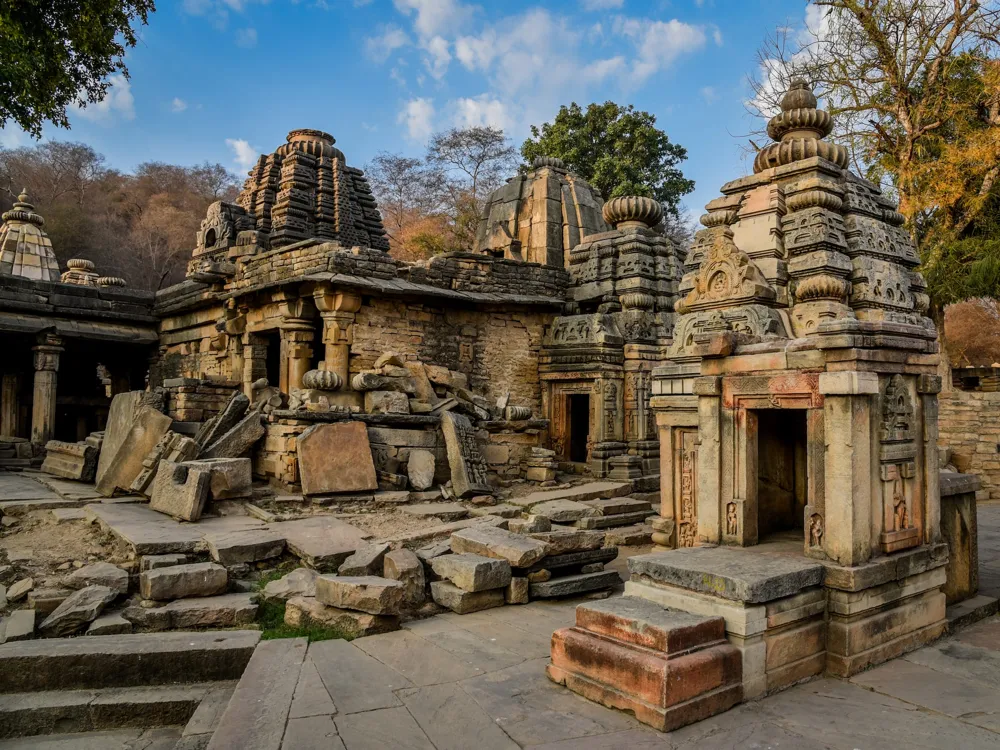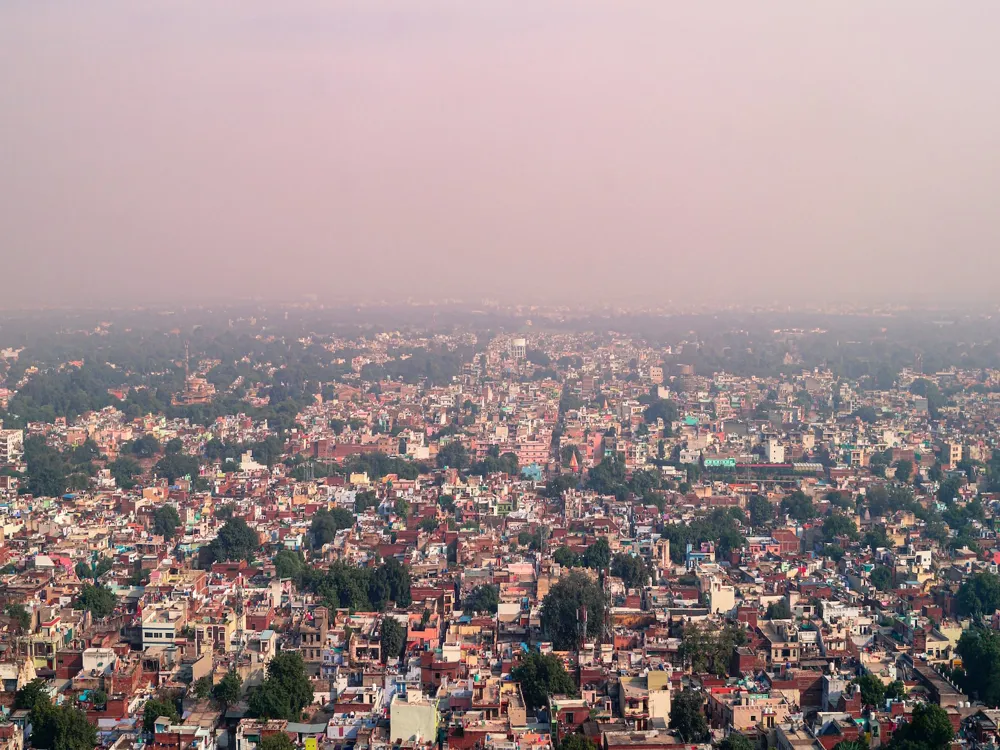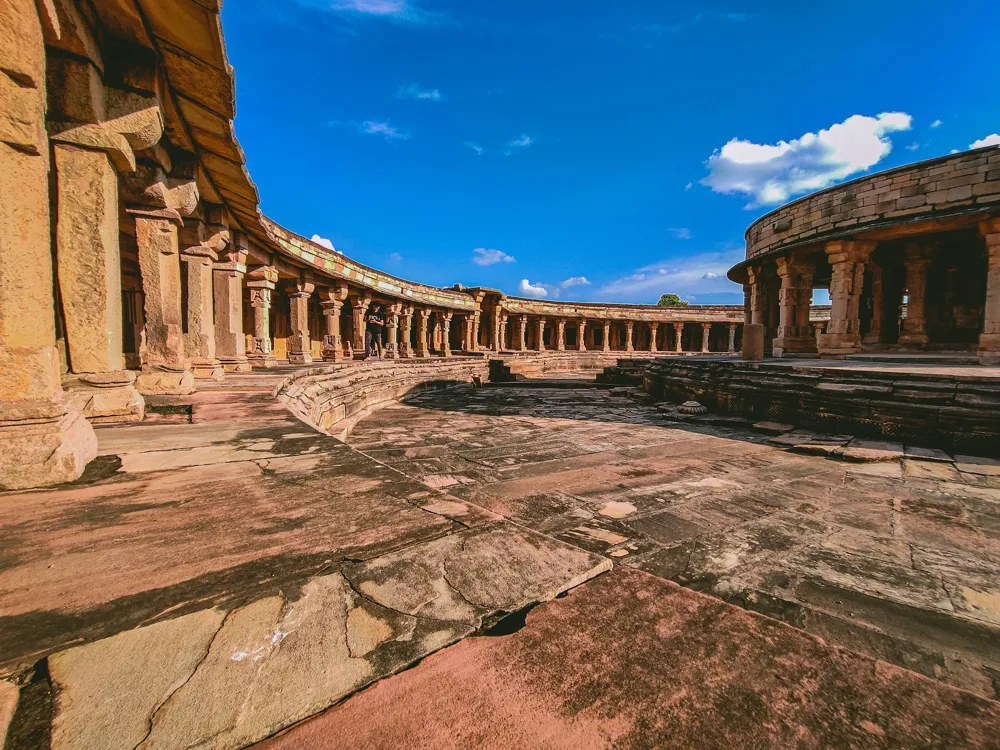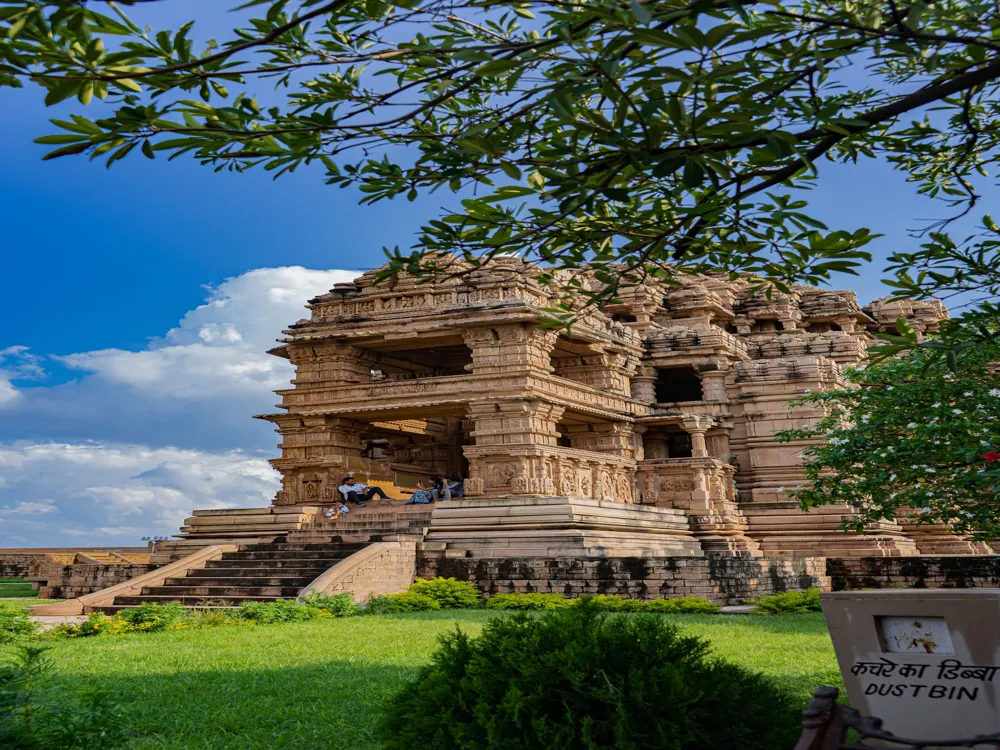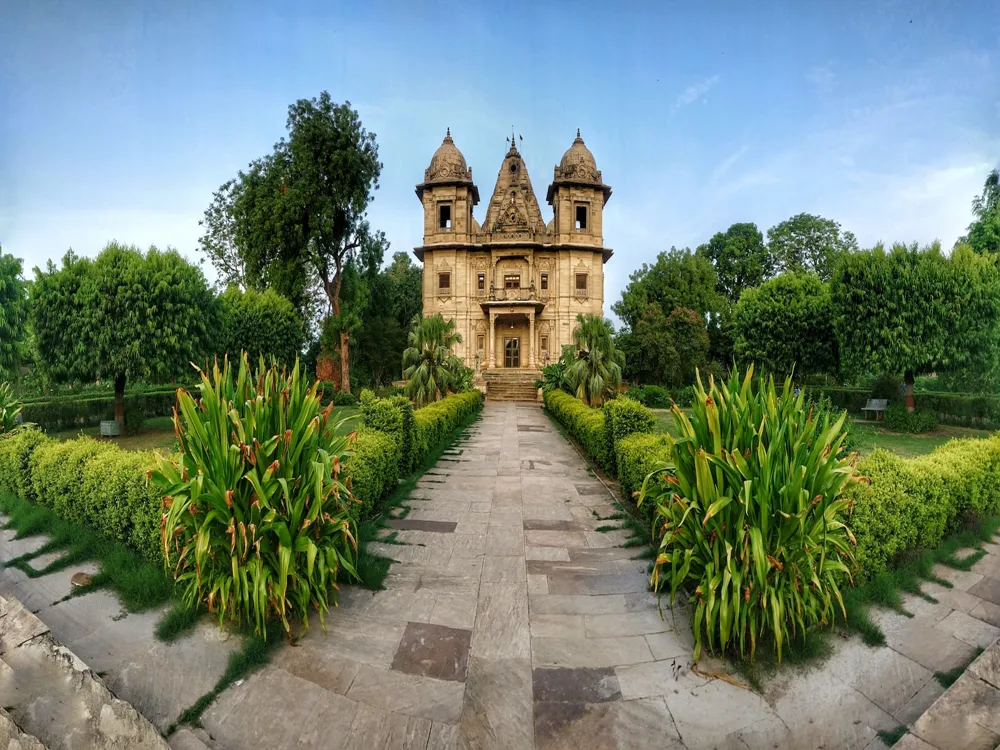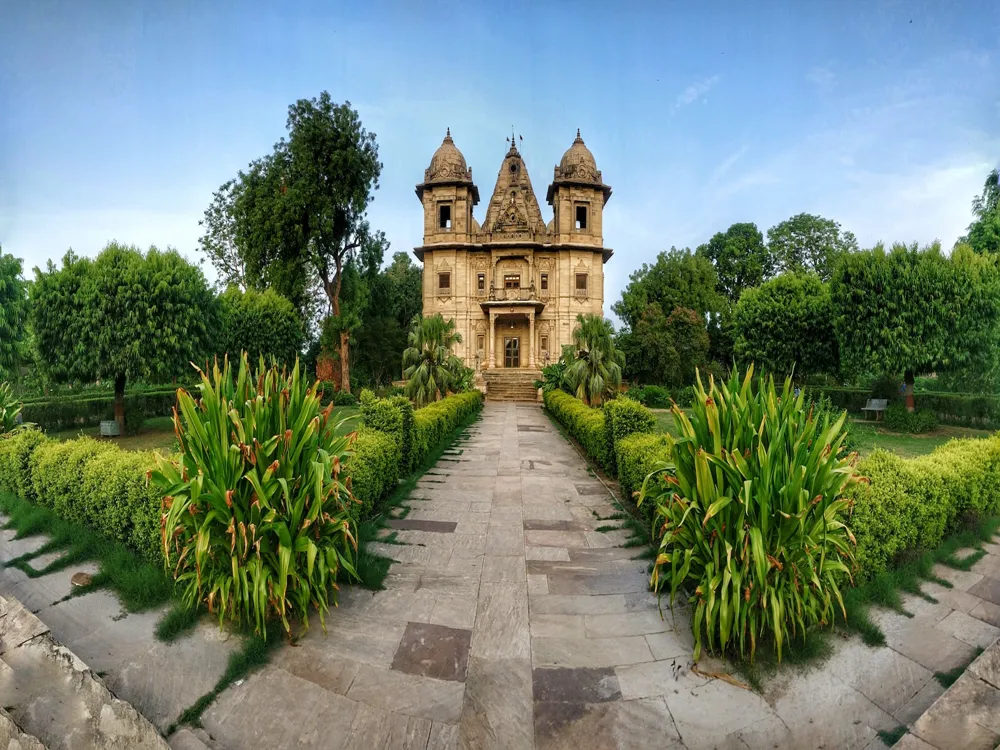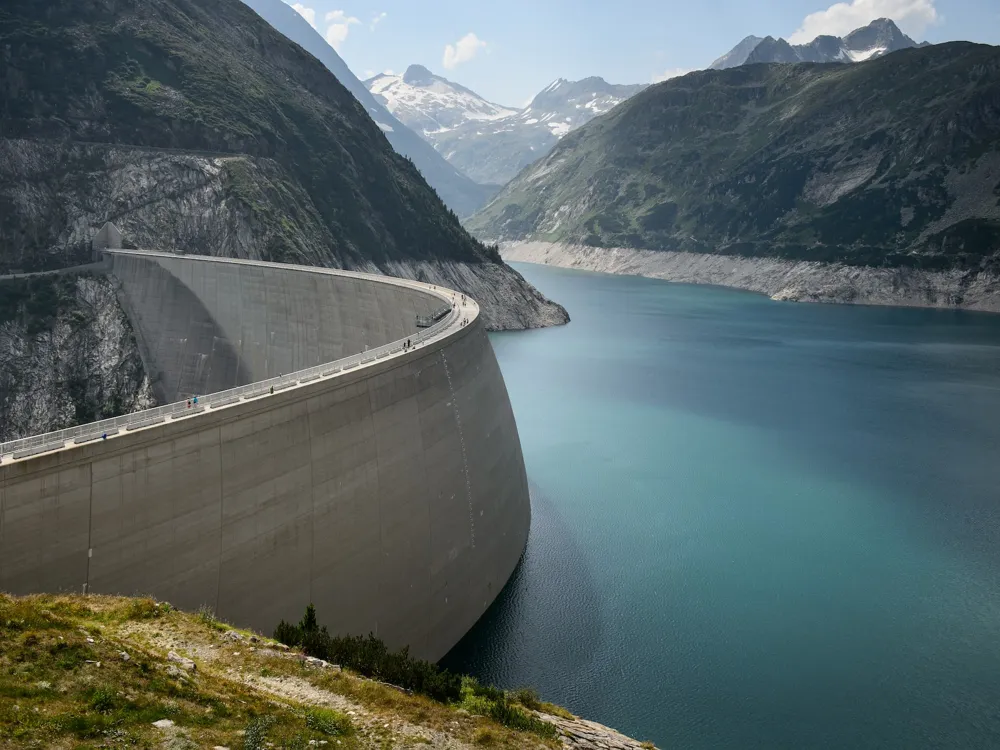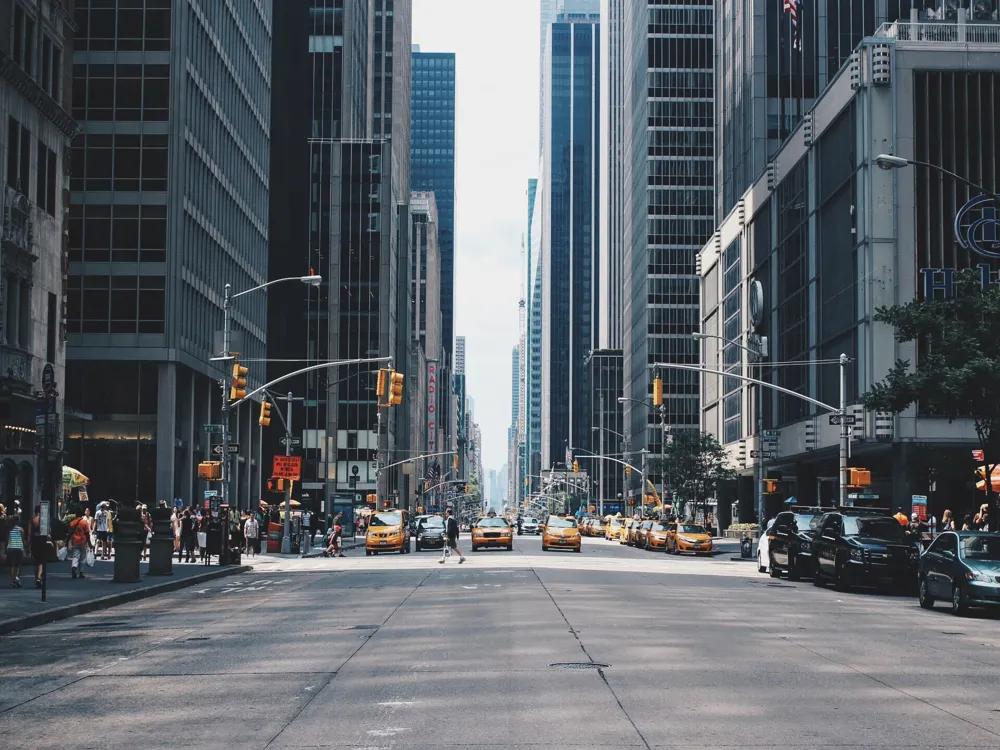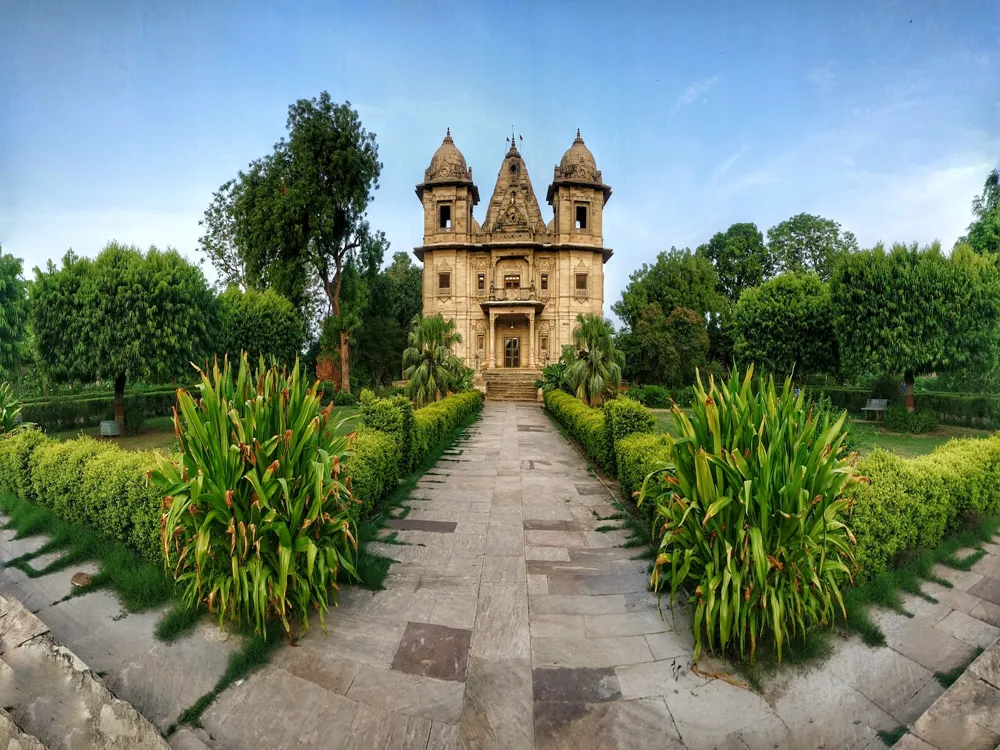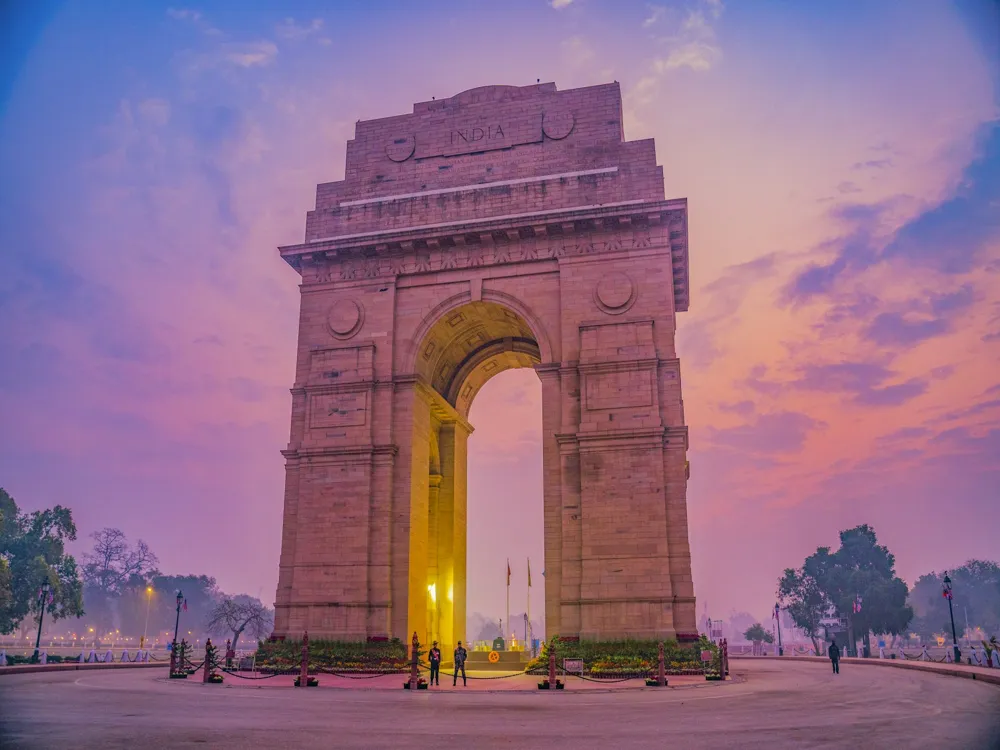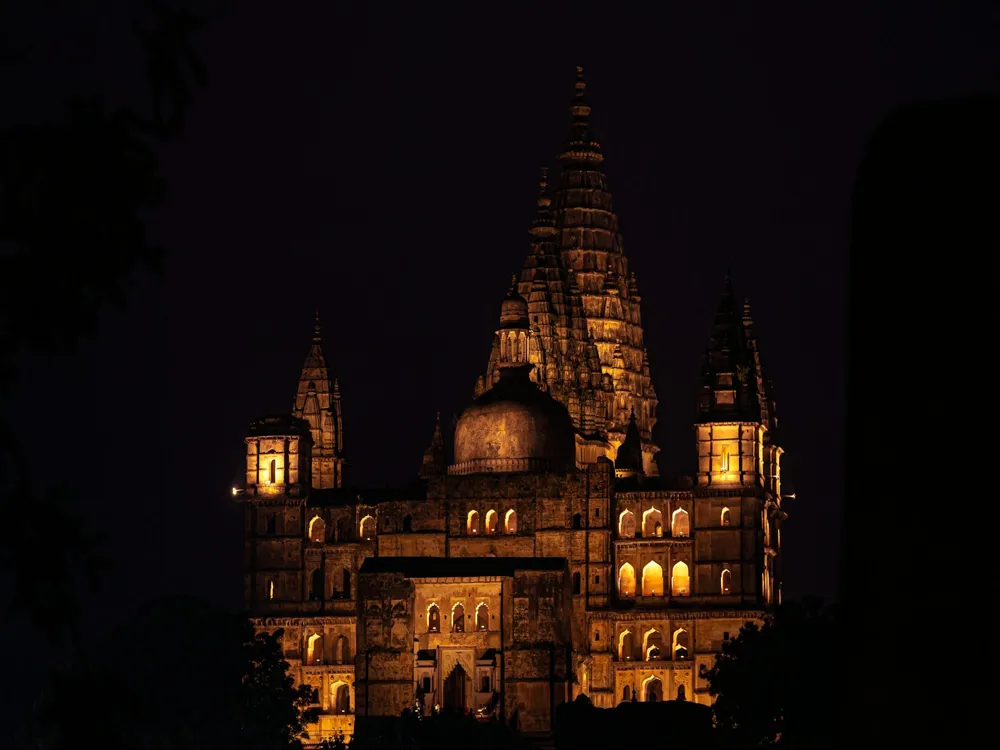Best Time to Visit Gwalior
Madhya Pradesh India
4 out of 27 Places to visit in Madhya PradeshNaN onwards View Packages
Get Customized PackagesThe Land of Diversity
Top Hotel Collections

Private Pool

Luxury Hotels

5-Star Hotels

Pet Friendly
What is the Best Time to Visit Gwalior?
Gwalior, a city steeped in history and culture, beckons travelers year-round, but understanding the nuances of its different seasons can elevate your experience. Planning a trip involves considering the best time to visit Gwalior to make the most of your journey.
More about Best Time to Travel to Gwalior
Travel Peak Season in Gwalior
Gwalior's peak season, spanning from October to March, is a traveler's paradise. The city comes alive with pleasant temperatures, ranging from 10 to 25 degrees Celsius. This period is ideal for exploring historical landmarks like the Gwalior Fort and Jai Vilas Palace. The cultural festivals during these months add a vibrant touch to your visit, making it an unforgettable experience.
Travel Offseason in Gwalior
For those seeking a more serene ambiance, the offseason in Gwalior might be your preferred time. The summer months of April to June witness fewer tourists, allowing you to enjoy the city's beauty without the crowds. While the temperatures can soar, ranging between 25 to 47 degrees Celsius, savvy travelers can find great deals on accommodations and experience Gwalior in a more intimate setting.
Gwalior Travel Packages
View All Packages For Gwalior
Gwalior in Shoulder Season
The transitional periods of shoulder seasons, namely September and July, offer a unique charm. The weather remains moderate, providing a comfortable setting for exploration. During these months, you can witness the city's transformation, either gearing up for festive fervor or winding down from the peak season's hustle.
Gwalior in Hot Season
The hot season, from April to June, might deter some, but it has its own allure. For enthusiasts willing to brave the heat, this period unveils Gwalior's cultural richness without the typical tourist rush. Exploring the city's architectural wonders under the warm sun can be a fulfilling and unique experience.
Gwalior in Rainy Season
Monsoons, from July to September, bring a refreshing change to Gwalior's landscape. The lush greenery and occasional drizzles add a poetic touch to the city. While some outdoor activities may be hindered, the rainfall enhances the beauty of historical sites, creating a picturesque setting for those who appreciate a different side of Gwalior.
Gwalior in Cool Season
The cool season, from October to March, is a favorite among travelers. Mild temperatures create an ideal atmosphere for exploration, and the city's historical gems shine in this pleasant weather. From the intricate architecture of Sas Bahu Temples to the tranquil Gwalior Zoo, every attraction takes on a new allure during this time.
Places To Visit In Gwalior
Nearby Places Gwalior
Gwalior Photos
View All Photos For GwaliorBrowse Package Collections
Browse Hotel Collections
Faq
Q: What is the best time to visit Gwalior?
A: The best time to visit Gwalior is during the winter months, from October to March, when the weather is pleasant and conducive to outdoor activities.
Q: What makes the winter months ideal for a visit to Gwalior?
A: During the winter months, Gwalior experiences a cool and comfortable climate, with temperatures ranging from 7°C to 25°C. This allows visitors to explore the city's historical landmarks and outdoor attractions without the discomfort of extreme weather conditions.
Q: Are there any specific events or festivals that make winter a special time to visit Gwalior?
A: Yes, the Tansen Music Festival held in December is a major attraction during the winter season. It showcases classical music and dance performances, adding a cultural charm to your visit.
Q: How about the summer months? Is it advisable to visit Gwalior during that time?
A: Summers, from April to June, are characterized by high temperatures ranging from 24°C to 47°C. While it can be hot, some travelers may find this time suitable for indoor activities and exploration of Gwalior's museums and historical sites.
Q: What about monsoon? Is Gwalior a good destination during the rainy season?
A: The monsoon season, from July to September, brings moderate to heavy rainfall. While the landscapes become lush and green, outdoor activities may be hindered due to rain. However, if you enjoy the monsoon ambiance, this could be a unique time to experience Gwalior.

